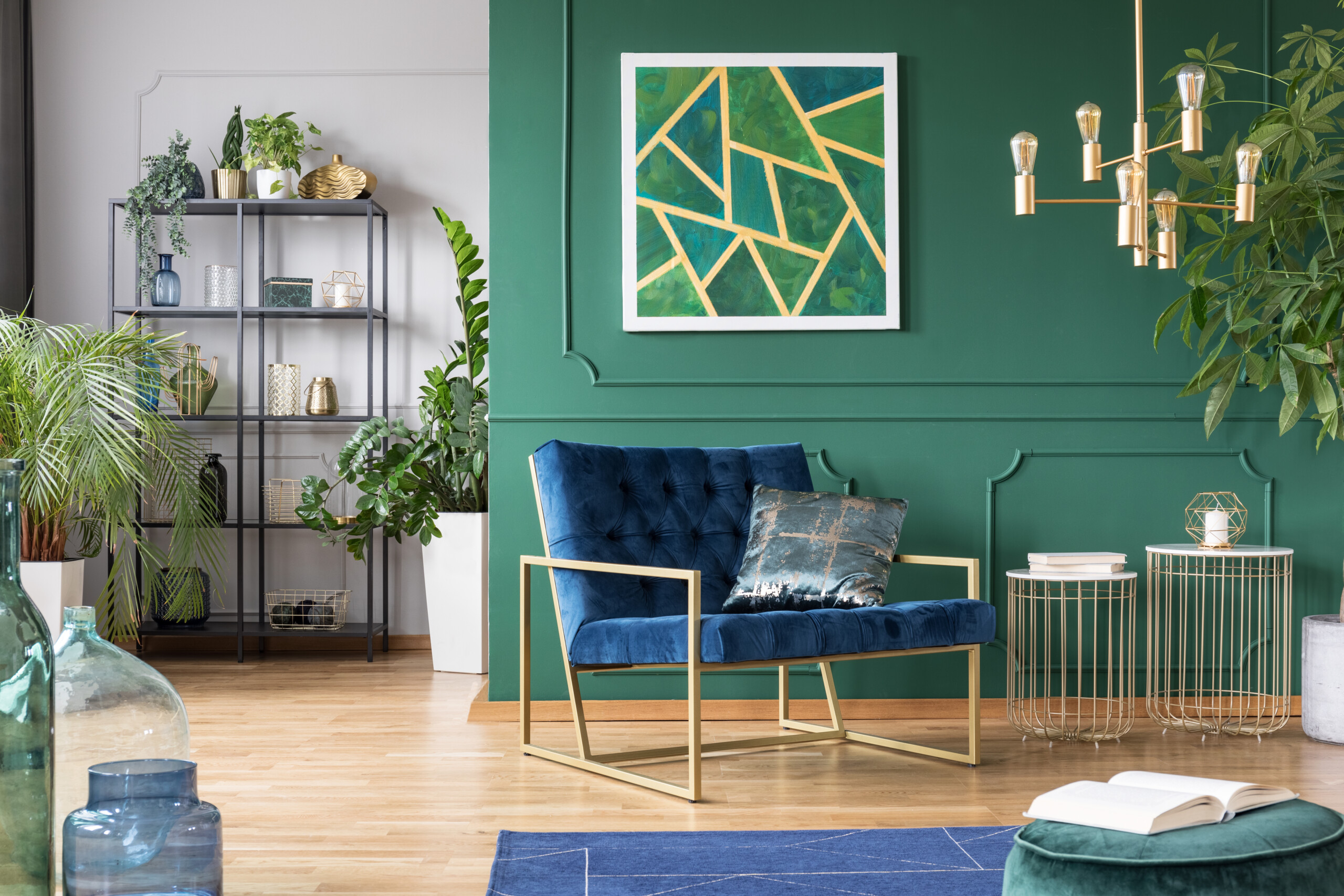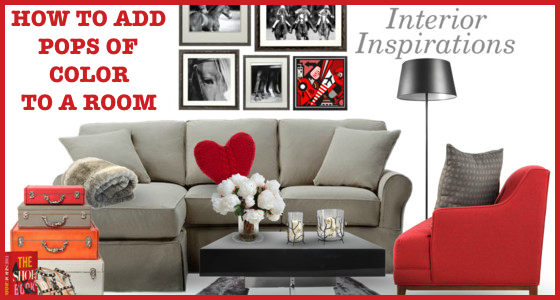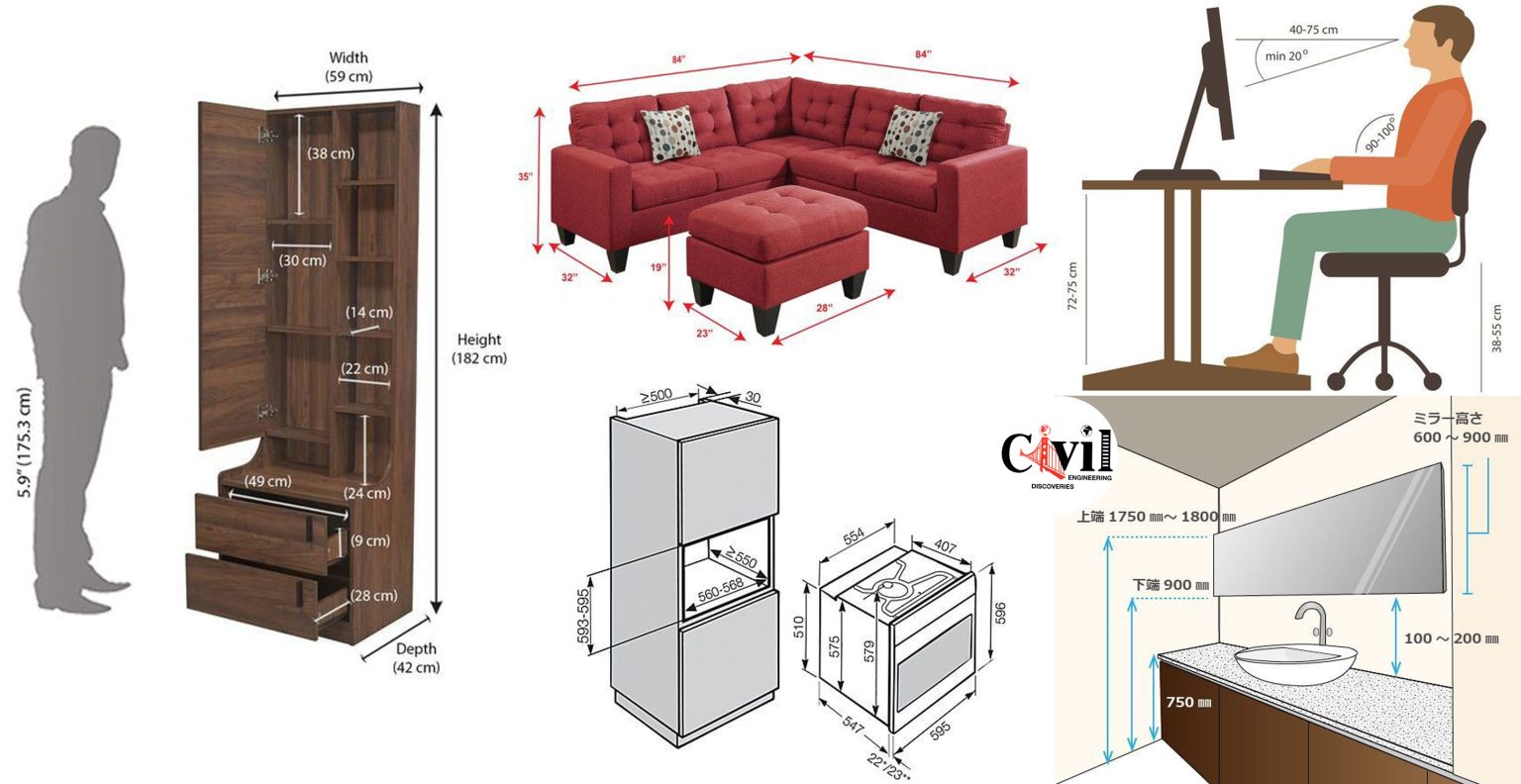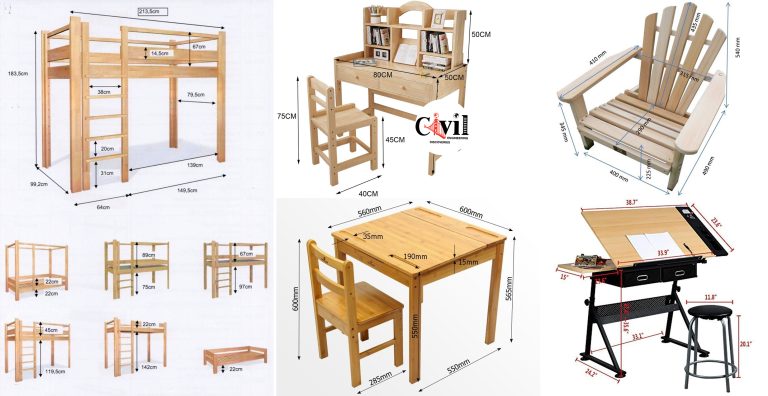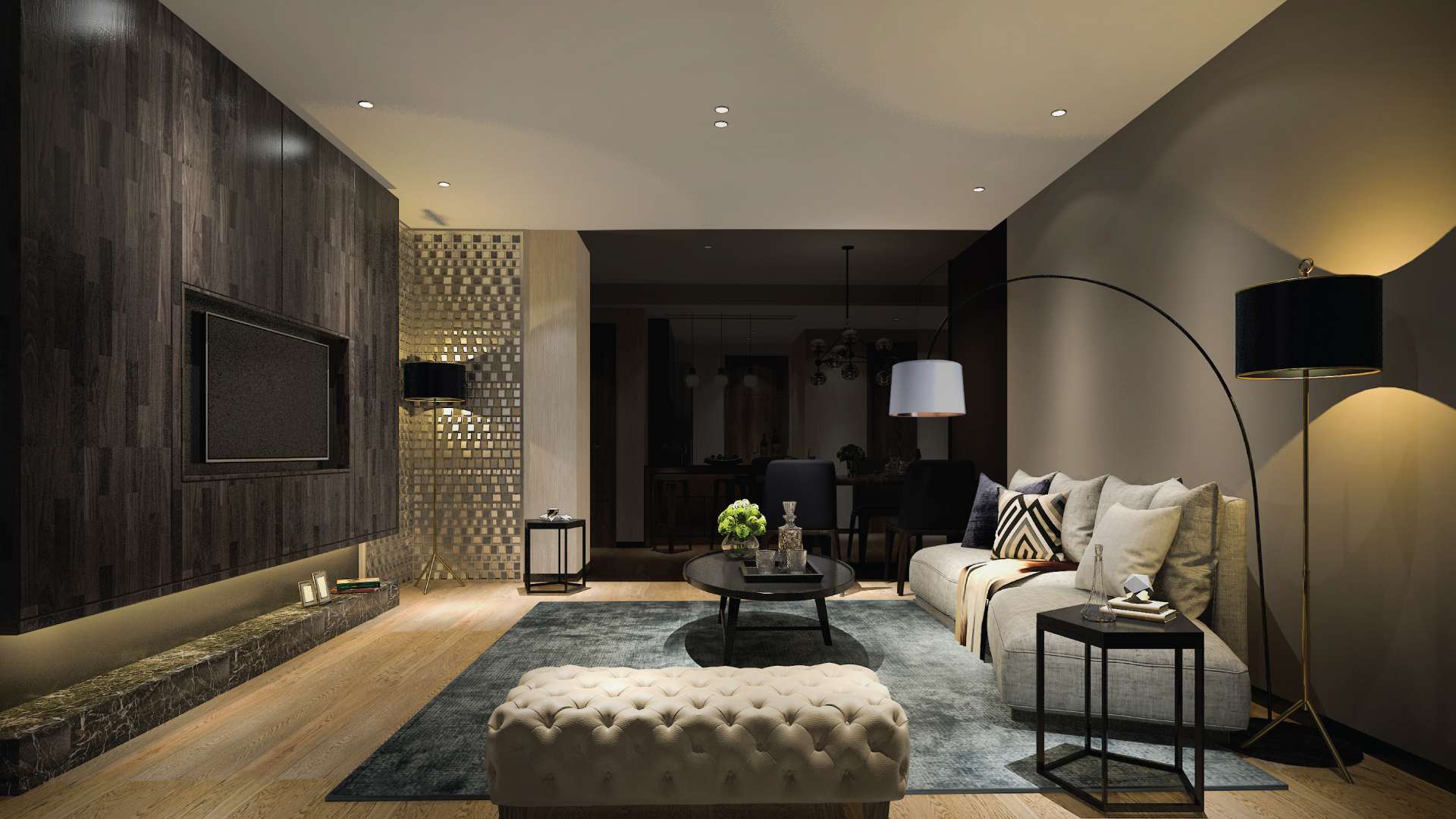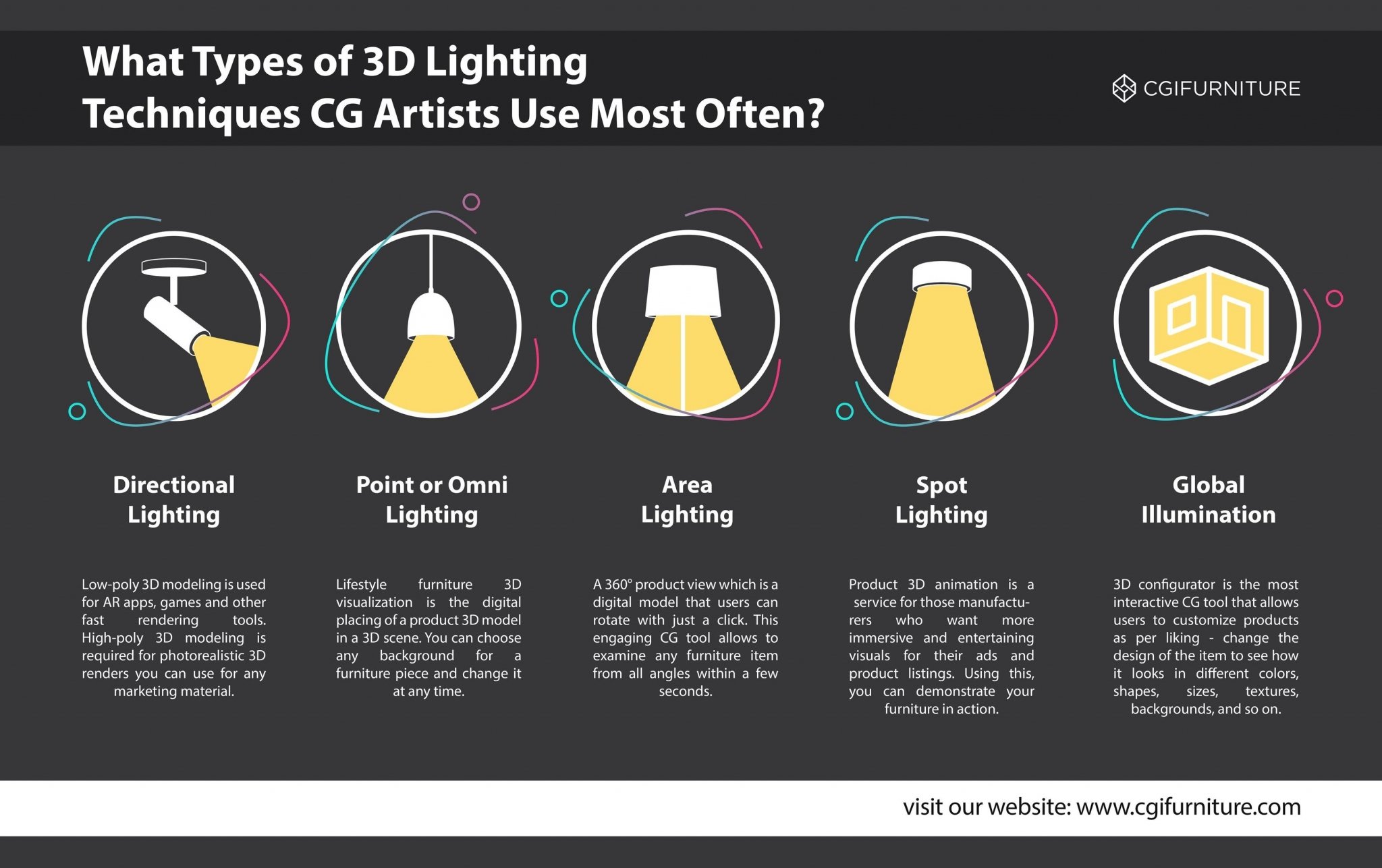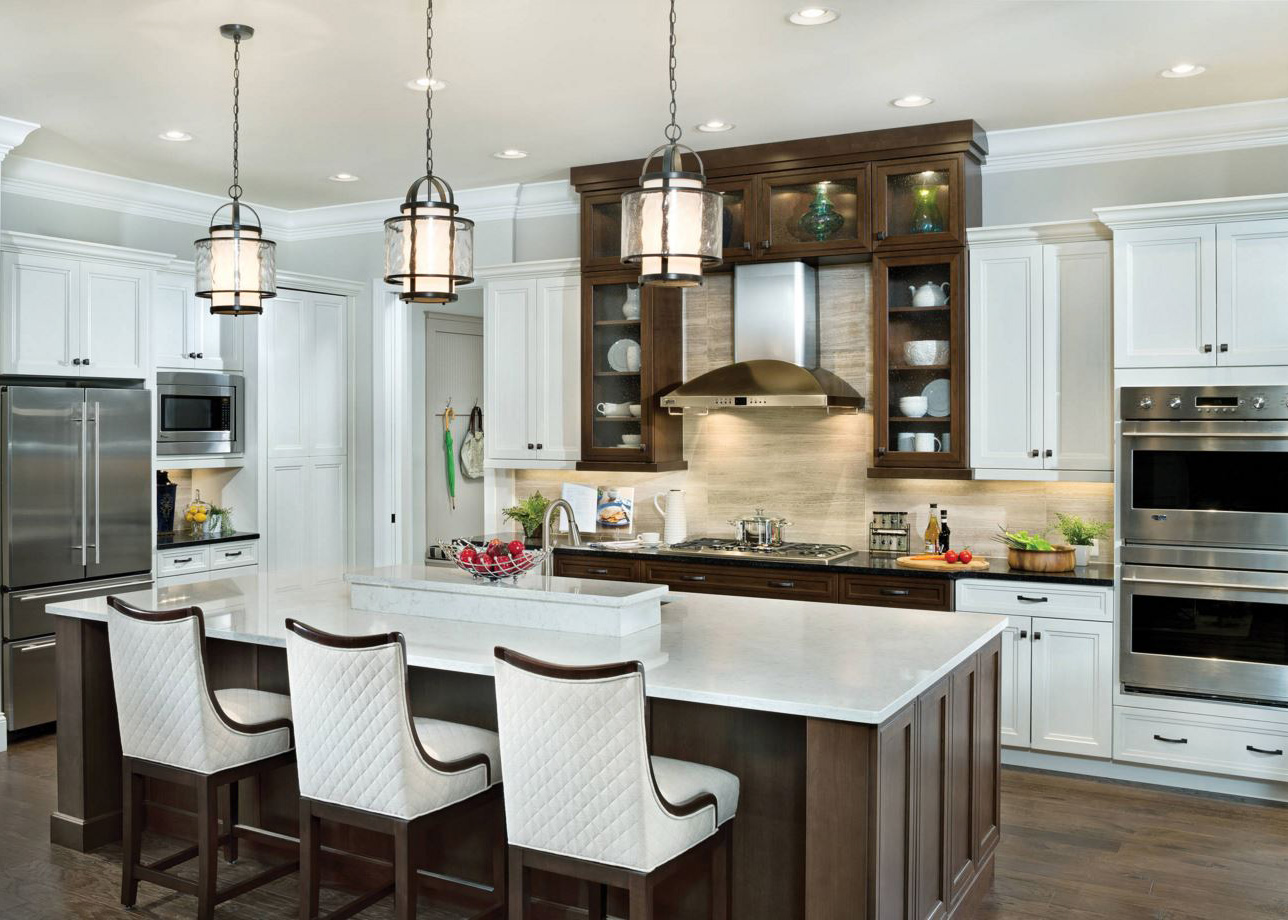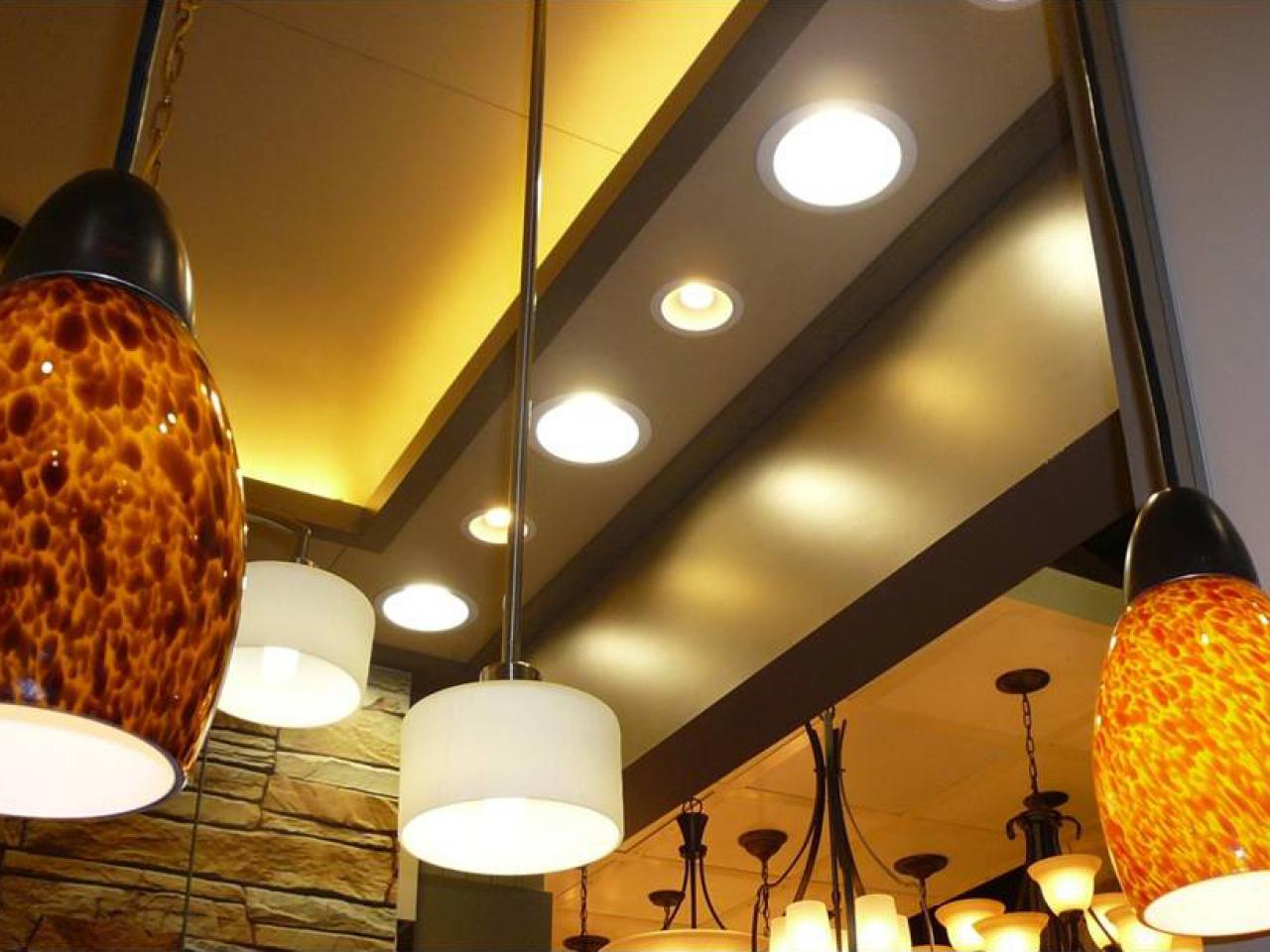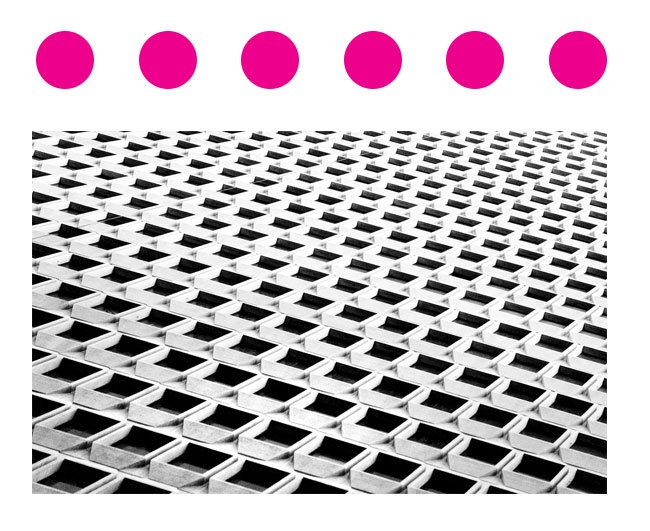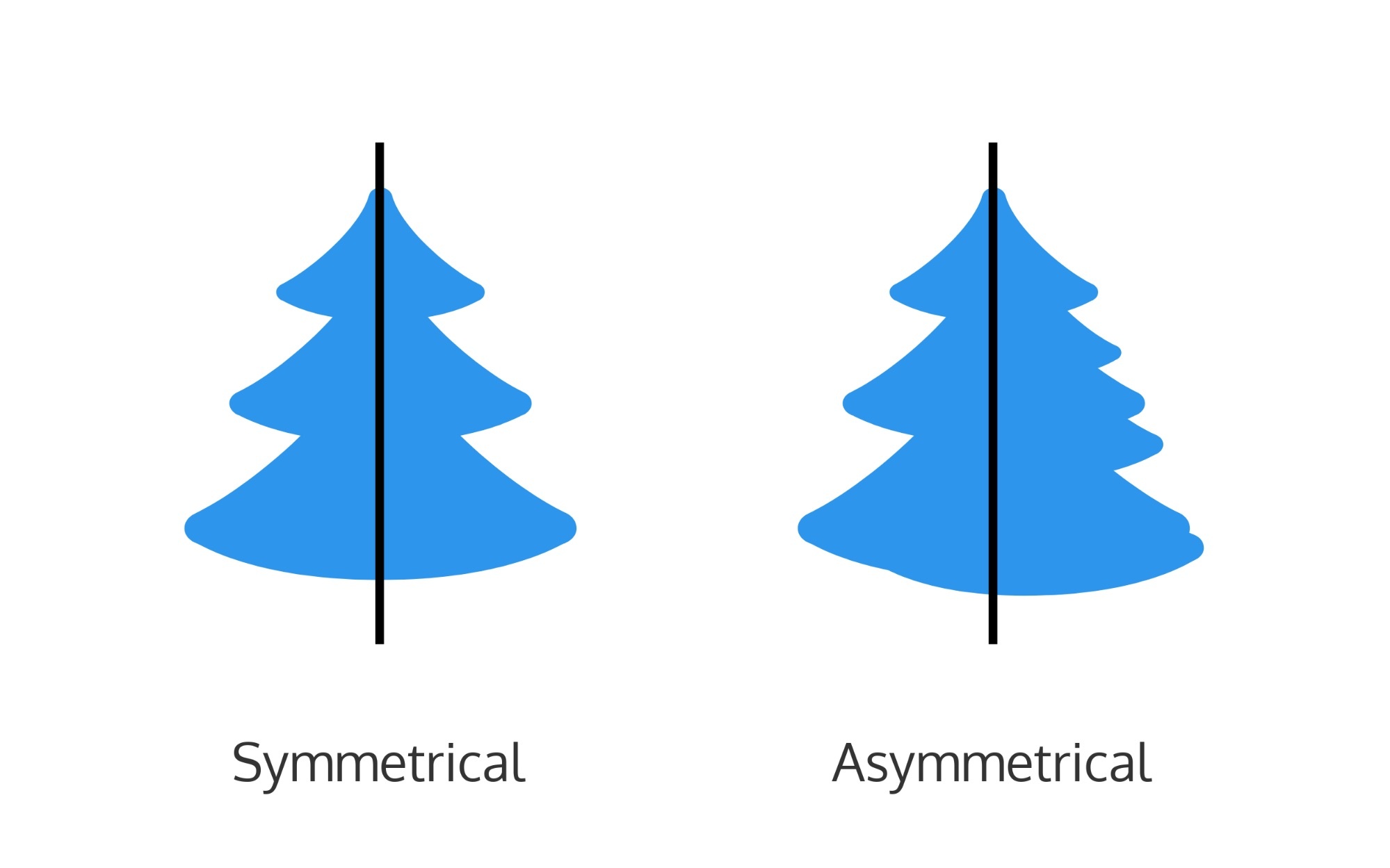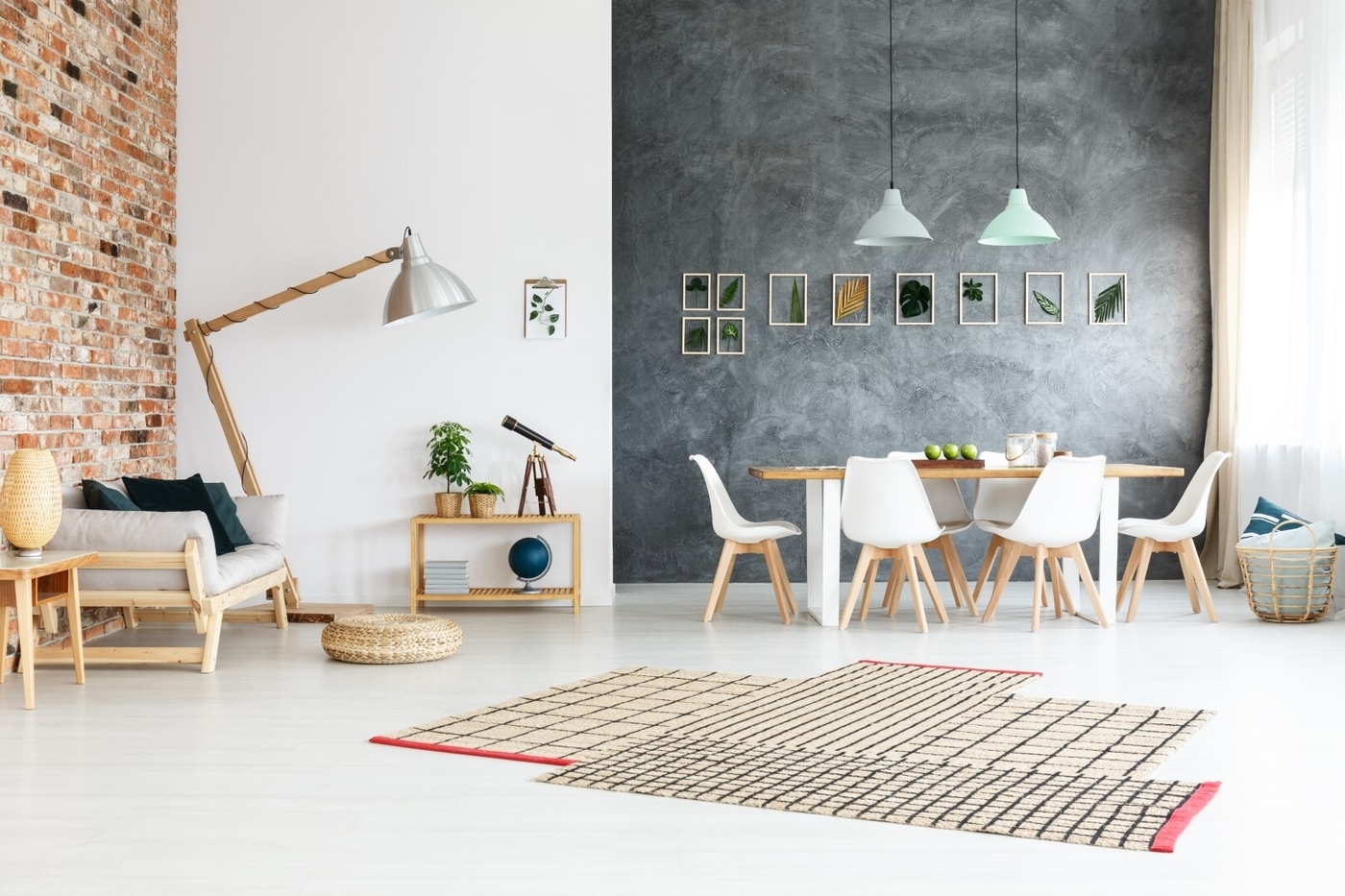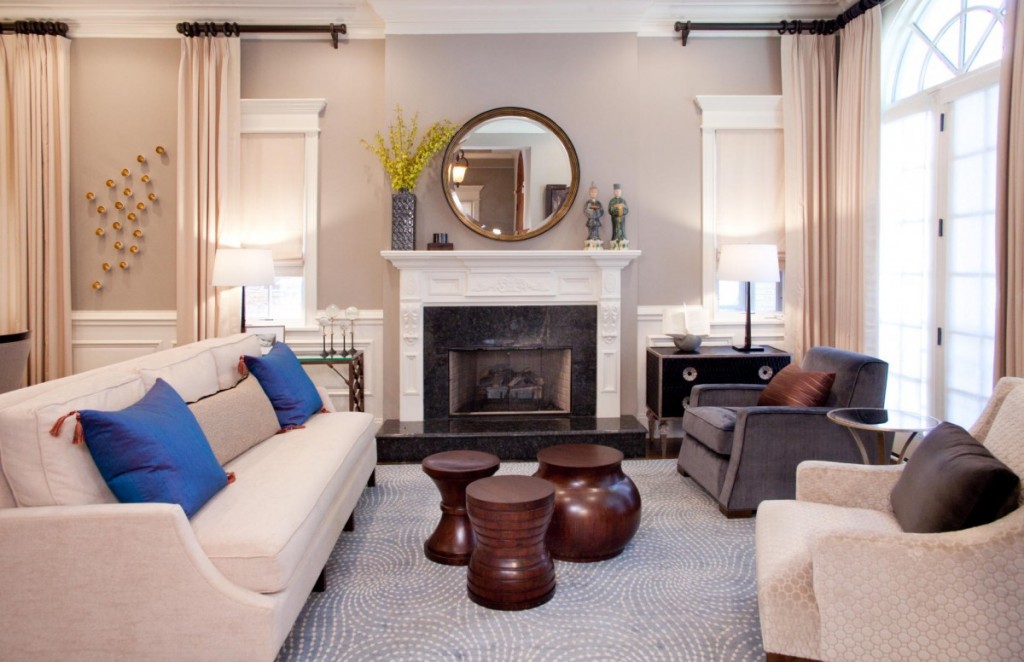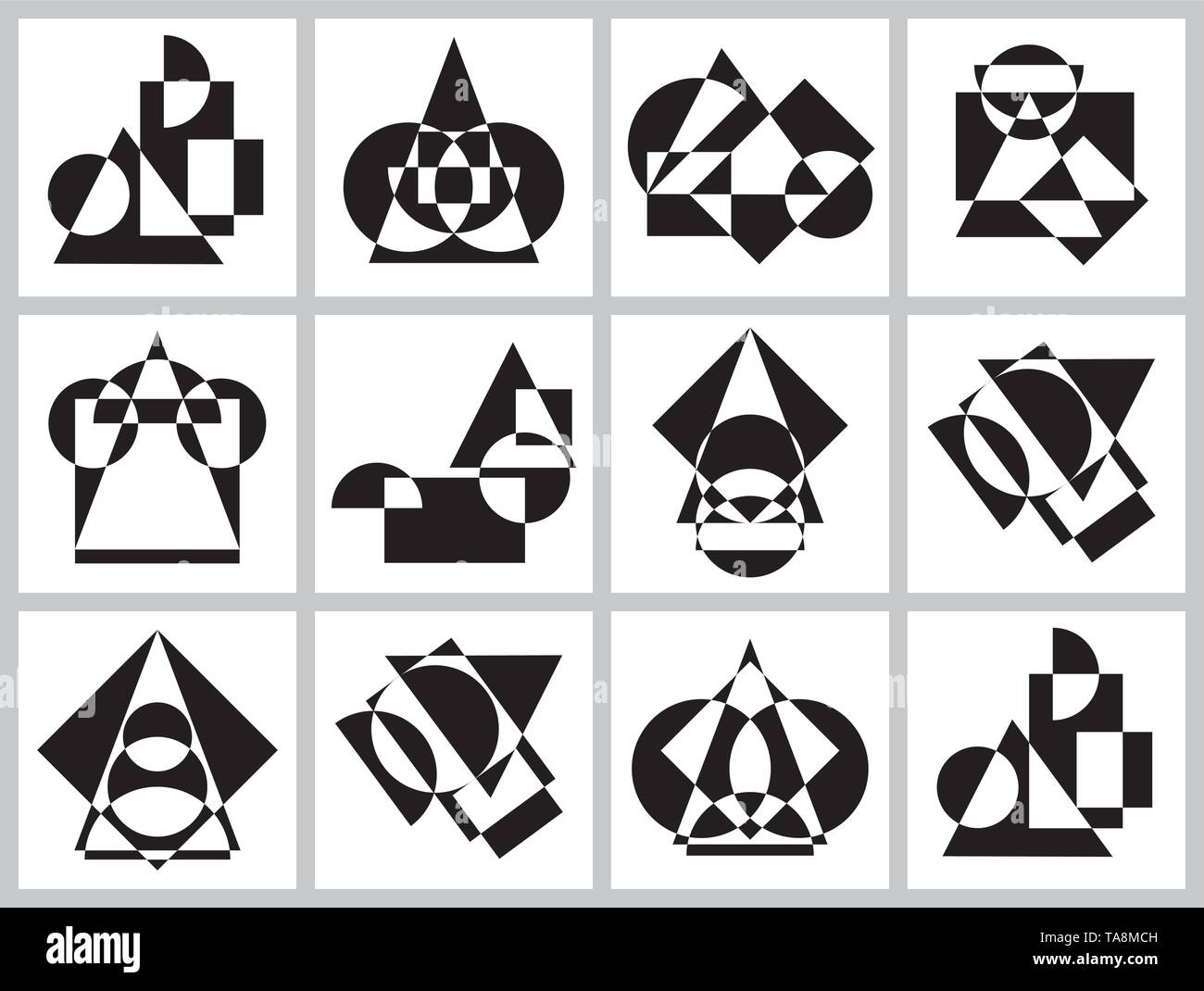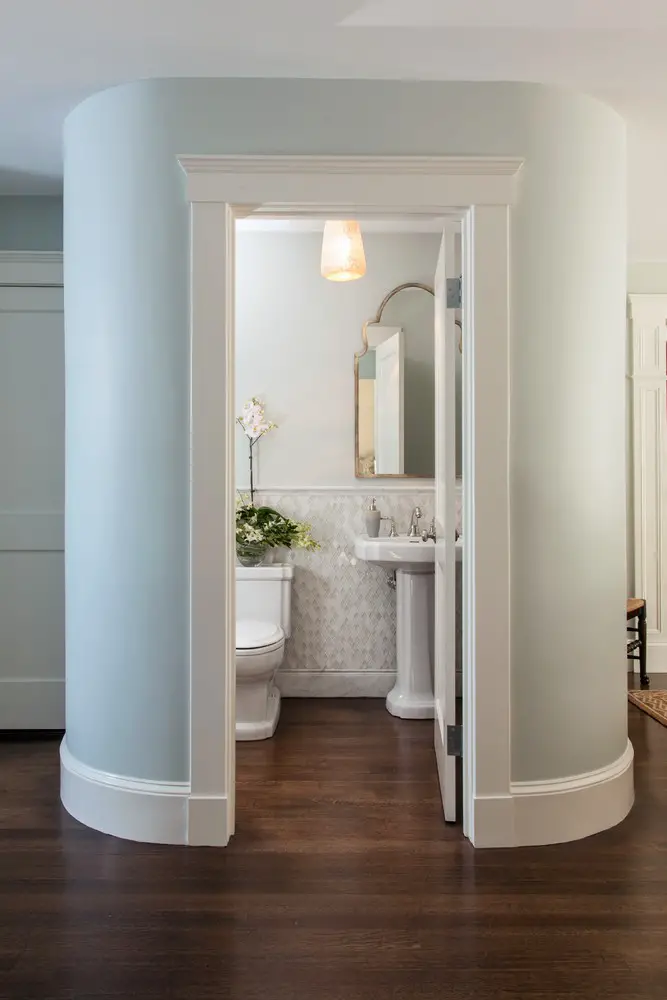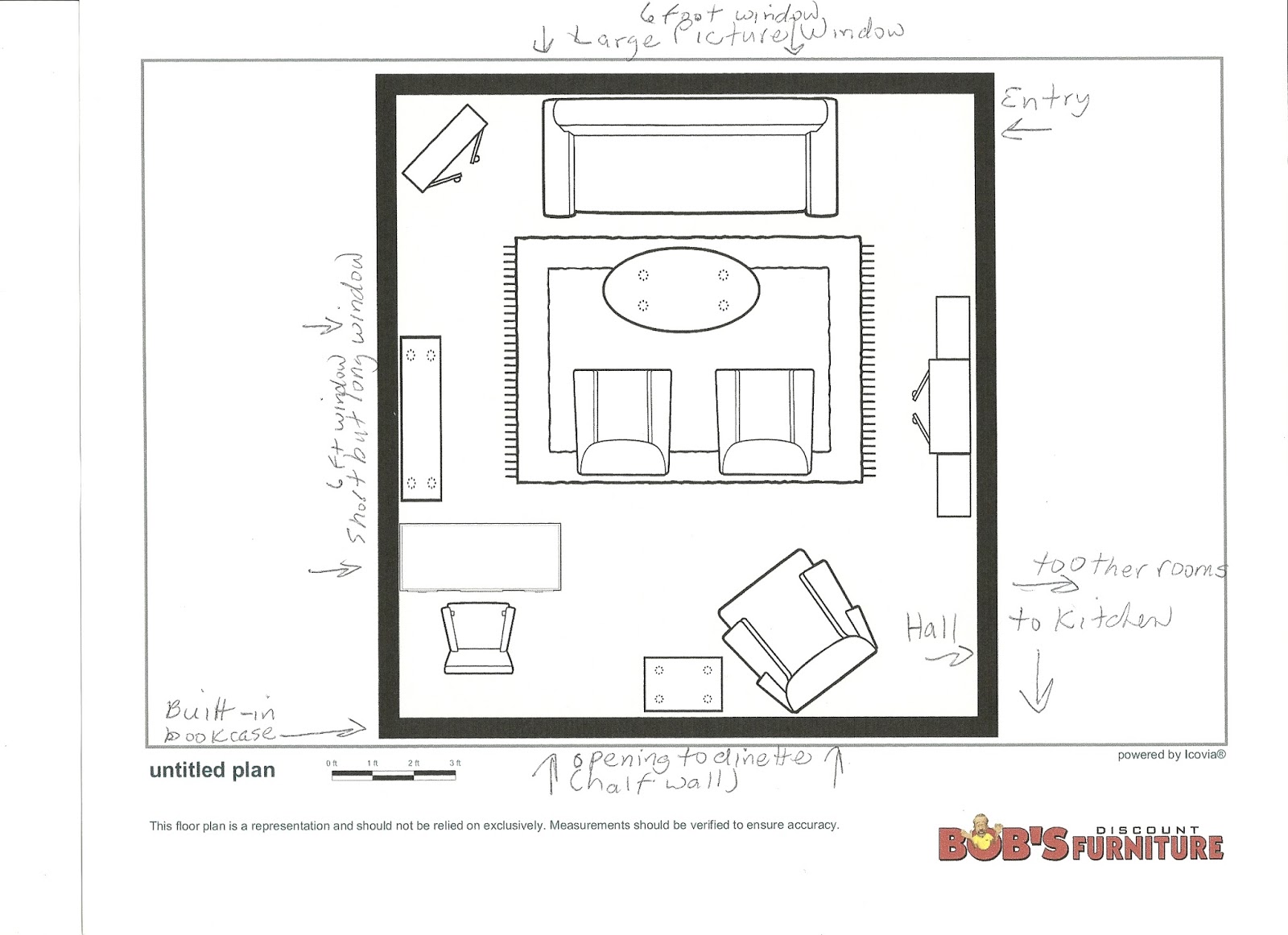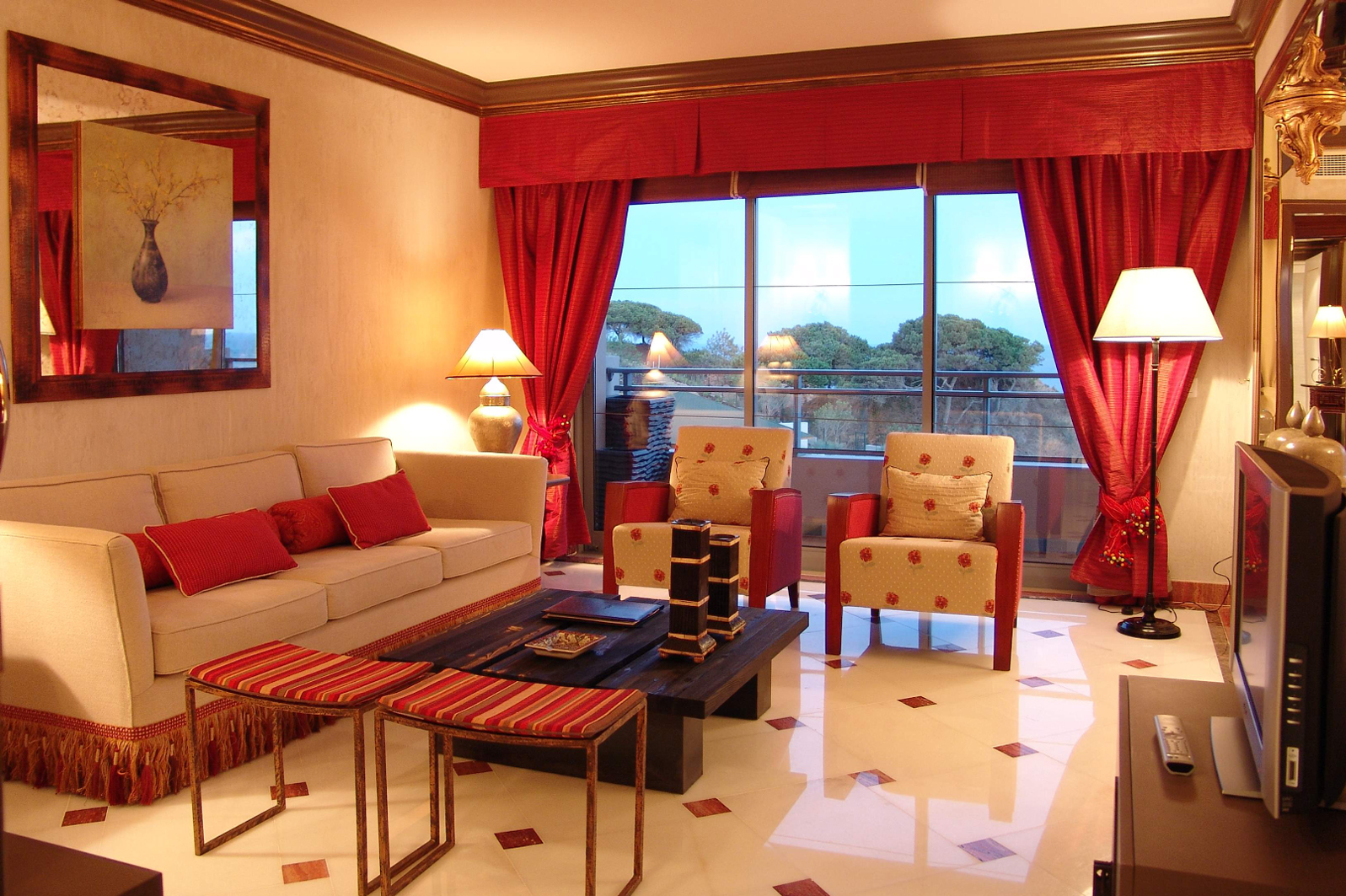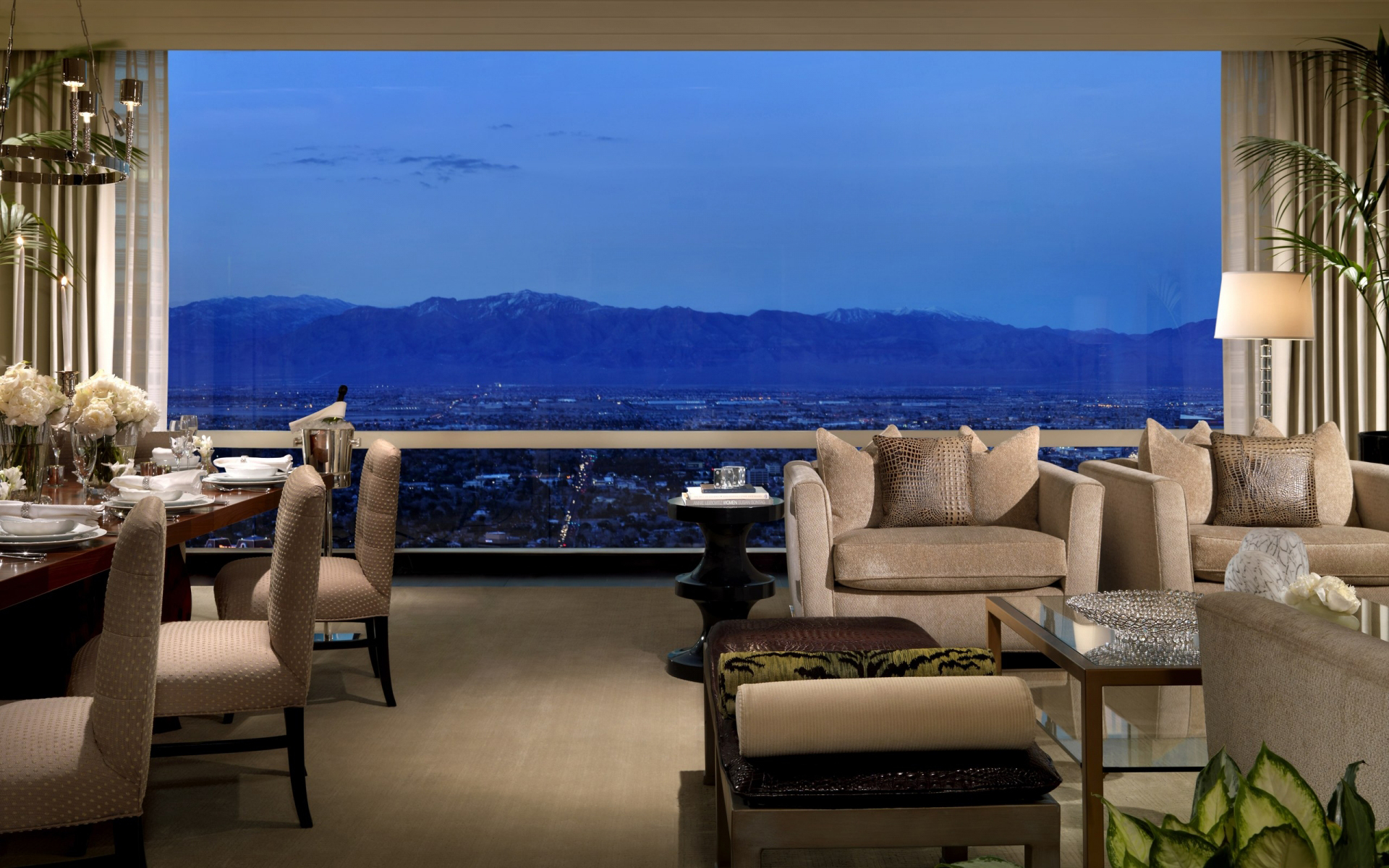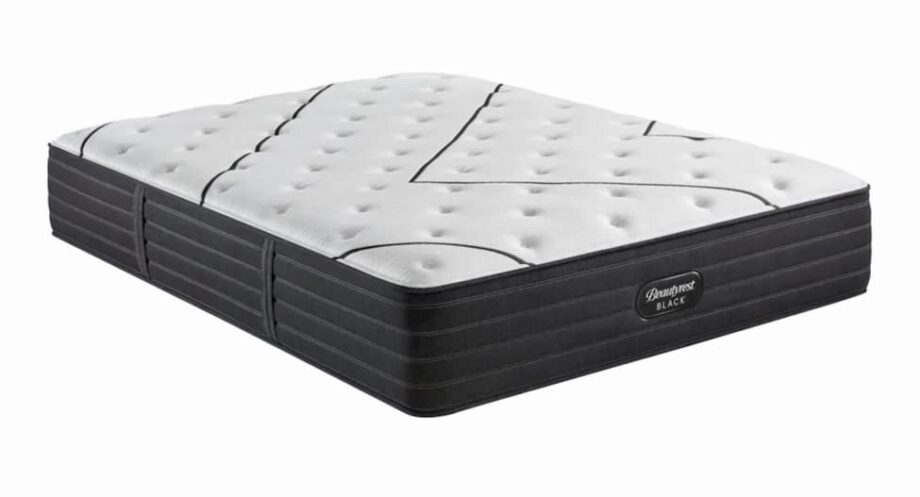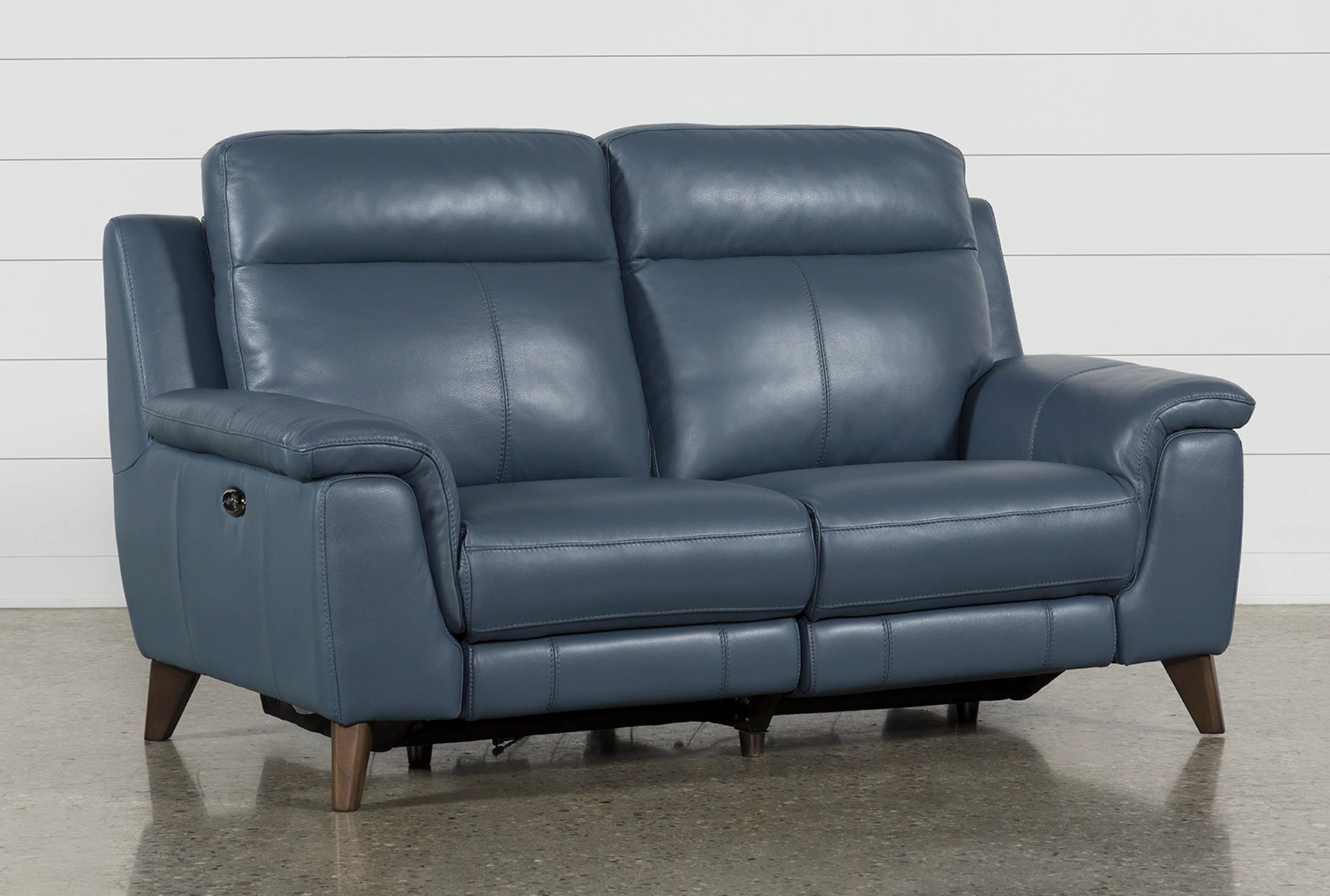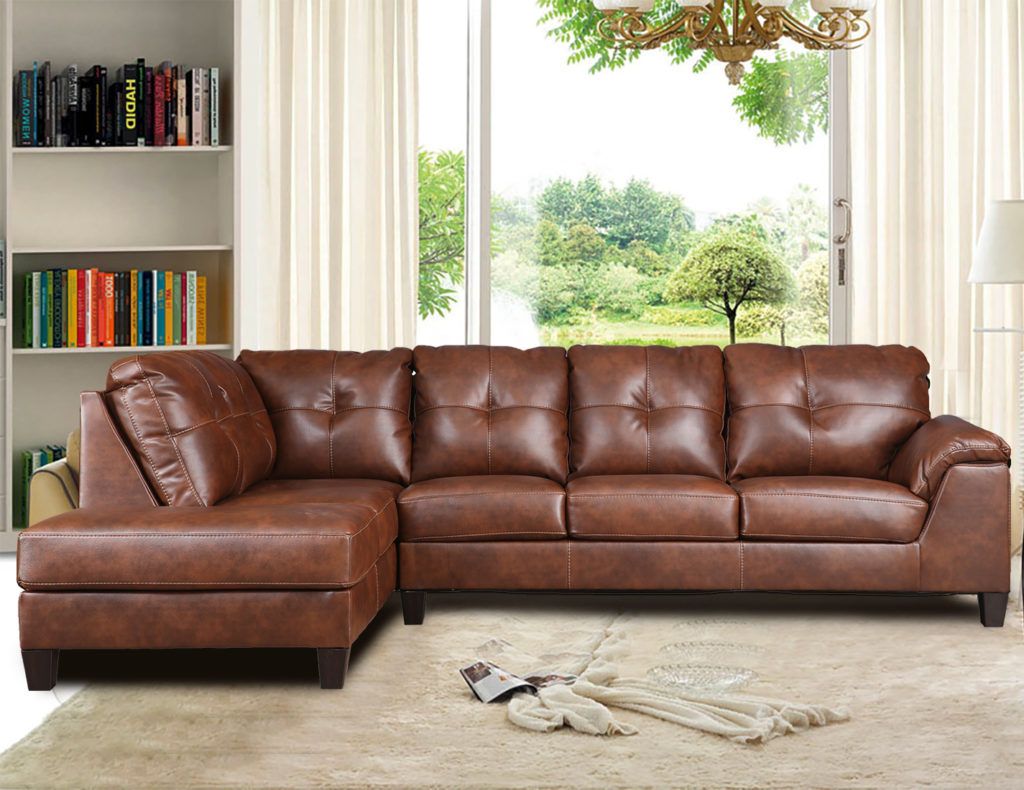The key to creating a visually appealing living room is to incorporate a variety of textures in your decor. This not only adds depth and dimension to the space, but it also creates a sense of rhythm that keeps the eye moving. Soft textures like velvet or faux fur can add a touch of luxury, while rough textures like wicker or jute bring in a natural element. Combining different textures will add interest and balance to your living room design.1. Incorporate a variety of textures in your living room decor
Patterns are another great way to create rhythm in your living room. Geometric patterns like stripes or chevron can add a modern touch, while floral or animal prints can bring in a more playful vibe. The key is to use a mix of patterns in different scales and styles to create a cohesive look. You can also incorporate patterns in your throw pillows, rugs, or wallpaper to add visual interest to your living room.2. Use a mix of patterns in your living room design
Having a focal point in your living room can help create a sense of rhythm and balance. This can be achieved by incorporating a bold statement piece such as a large piece of artwork, oversized mirror, or eye-catching chandelier. This statement piece can serve as the center of attention and everything else in the room can be designed around it. This will create a harmonious flow in your living room design.3. Create a focal point with a statement piece
Color can also play a significant role in creating rhythm in your living room. Adding pops of bold color throughout the room can add energy and visual interest. You can achieve this by incorporating colorful throw pillows, artwork, or accent furniture. The key is to use a cohesive color palette and not go overboard with too many colors, as this can create a chaotic look instead of a rhythmic one.4. Add pops of color throughout the room
Varying the height and size of your furniture and decor items can also create a sense of rhythm in your living room. This can be achieved by mixing taller pieces like bookshelves or floor lamps with shorter pieces like accent chairs or ottomans. You can also play with different sizes of decorative items like vases or candles to add visual interest and balance to your living room design.5. Use different heights and sizes in your furniture and decor
Lighting is an essential element in creating a harmonious rhythm in your living room. Instead of relying on just one overhead light, incorporate different types of lighting such as table lamps, floor lamps, and accent lighting to create a layered effect. This not only adds depth and dimension to the room but also creates a cozy and inviting atmosphere.6. Incorporate different types of lighting for a layered effect
Repetition is a simple yet effective way to create rhythm in your living room design. This can be achieved by using repeating elements like matching throw pillows, identical lamps, or similar artwork. This repetition creates a sense of continuity and helps tie the room together. Just make sure not to overdo it, as too much repetition can also create a monotonous look.7. Use repetition in your decor elements
While symmetry can create a sense of balance in a room, using asymmetrical furniture arrangement can add a touch of visual interest and create a rhythmic flow. This can be achieved by placing two different accent chairs on one side of the room and a sofa or loveseat on the other side. You can also play with different shapes and sizes of furniture to create an asymmetrical yet balanced look.8. Play with asymmetry in your furniture arrangement
Bringing in natural elements such as plants, wood, or stone can add a sense of rhythm and flow to your living room. These elements not only add texture and visual interest but also bring a touch of the outdoors inside. You can incorporate these elements through potted plants, a natural wood coffee table, or a stone fireplace.9. Incorporate natural elements for a sense of rhythm and flow
Lastly, playing with different types of lines in your living room design can create a sense of rhythm and movement. Straight lines can add a sense of structure and balance, while curved lines can add a touch of softness and fluidity. You can incorporate this by mixing straight-lined furniture with curved accessories like a round mirror or curved sofa. In conclusion, creating a rhythmic living room design can be achieved by incorporating a variety of textures, patterns, colors, and elements in the space. Using a mix of different heights, sizes, and lighting can also add depth and interest. Just remember to keep a cohesive color palette and not overdo it with too many patterns or elements. With these tips, you can create a visually appealing and harmonious living room that will make you want to stay in and relax.10. Use a mix of straight and curved lines in your living room design
The Importance of Rhythm in Designing Your Living Room
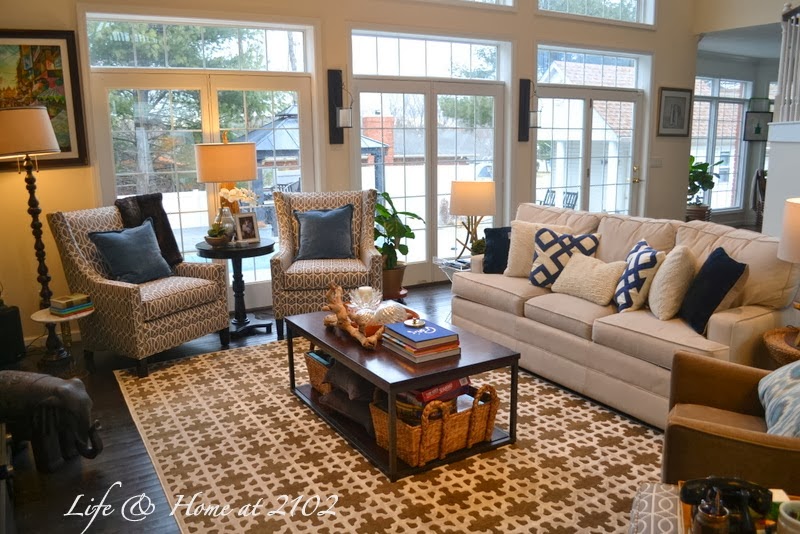
The Power of Rhythm in Interior Design
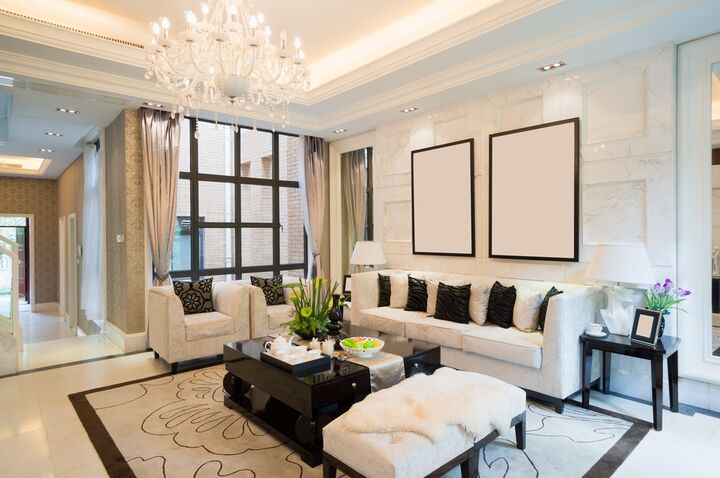 When it comes to creating a well-designed living room, it's not just about picking the right furniture and decor. One often overlooked aspect is the use of
rhythm
in design. Rhythm refers to the repetition of elements in a space, creating a sense of movement and harmony. It is a crucial element in
creating a cohesive and visually appealing
living room.
When it comes to creating a well-designed living room, it's not just about picking the right furniture and decor. One often overlooked aspect is the use of
rhythm
in design. Rhythm refers to the repetition of elements in a space, creating a sense of movement and harmony. It is a crucial element in
creating a cohesive and visually appealing
living room.
Creating Rhythm with Color and Pattern
 One of the easiest ways to incorporate rhythm in your living room is through the use of color and pattern.
Choosing a color palette and sticking to it
throughout the room will create a sense of unity. You can also play with different patterns, such as stripes, polka dots, or geometric shapes, to add visual interest and repetition. Just be sure not to go overboard and keep a balance between bold and subtle patterns.
One of the easiest ways to incorporate rhythm in your living room is through the use of color and pattern.
Choosing a color palette and sticking to it
throughout the room will create a sense of unity. You can also play with different patterns, such as stripes, polka dots, or geometric shapes, to add visual interest and repetition. Just be sure not to go overboard and keep a balance between bold and subtle patterns.
The Role of Furniture and Accessories
 Another key factor in creating rhythm in your living room is the
placement of furniture and accessories
. Grouping furniture and decor in a repetitive pattern, such as a row of identical chairs or a series of similar artwork, can establish a sense of rhythm. It's also important to consider the size and scale of your furniture and how they work together in the space.
Another key factor in creating rhythm in your living room is the
placement of furniture and accessories
. Grouping furniture and decor in a repetitive pattern, such as a row of identical chairs or a series of similar artwork, can establish a sense of rhythm. It's also important to consider the size and scale of your furniture and how they work together in the space.
Balance and Contrast
 Incorporating
balance and contrast
is also essential in creating rhythm. Balance refers to the distribution of visual weight in a room, while contrast is the use of opposing elements to create interest. For example, pairing a large, bold-patterned rug with a smaller, solid-colored sofa can create a sense of balance and contrast, adding to the overall rhythm of the room.
Incorporating
balance and contrast
is also essential in creating rhythm. Balance refers to the distribution of visual weight in a room, while contrast is the use of opposing elements to create interest. For example, pairing a large, bold-patterned rug with a smaller, solid-colored sofa can create a sense of balance and contrast, adding to the overall rhythm of the room.
Conclusion
 Incorporating rhythm in your living room design is a crucial step in creating a space that is both visually appealing and functional. By using
consistent color palettes, patterns, furniture placement, and balance and contrast,
you can achieve a harmonious and well-designed living room. So next time you're redecorating, don't forget to incorporate rhythm into your design plan.
Incorporating rhythm in your living room design is a crucial step in creating a space that is both visually appealing and functional. By using
consistent color palettes, patterns, furniture placement, and balance and contrast,
you can achieve a harmonious and well-designed living room. So next time you're redecorating, don't forget to incorporate rhythm into your design plan.







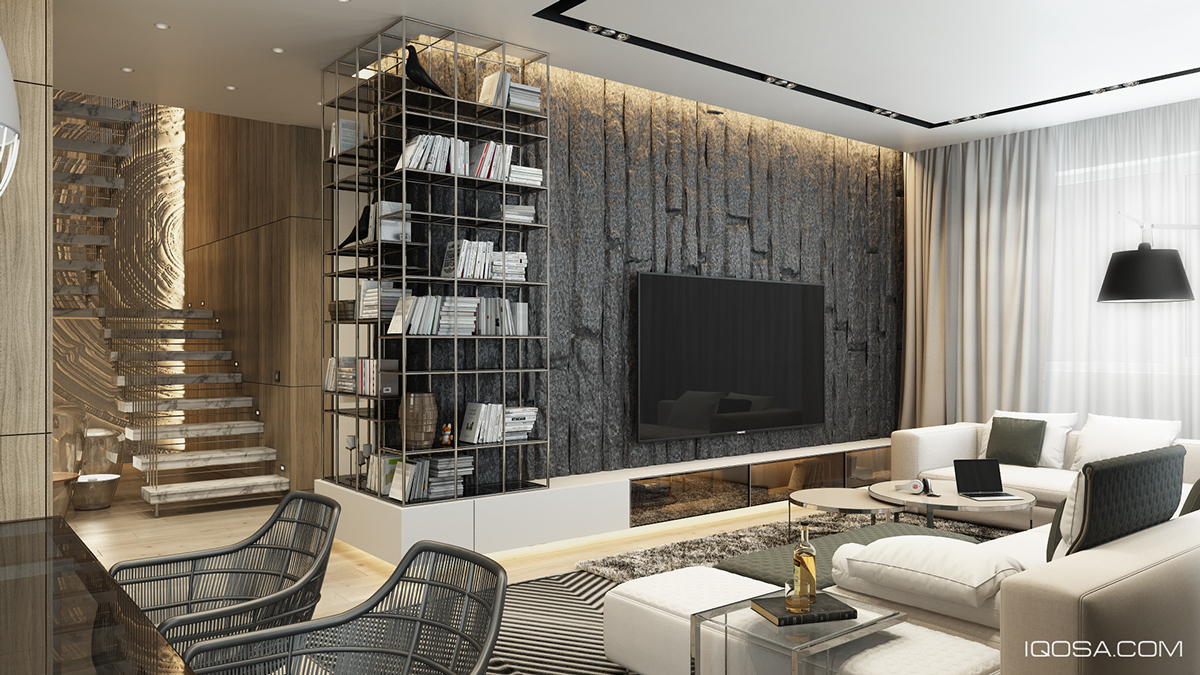

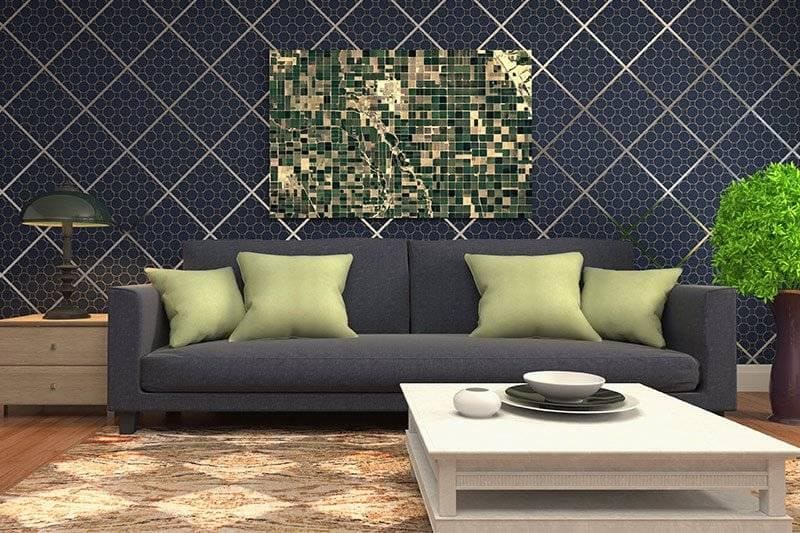
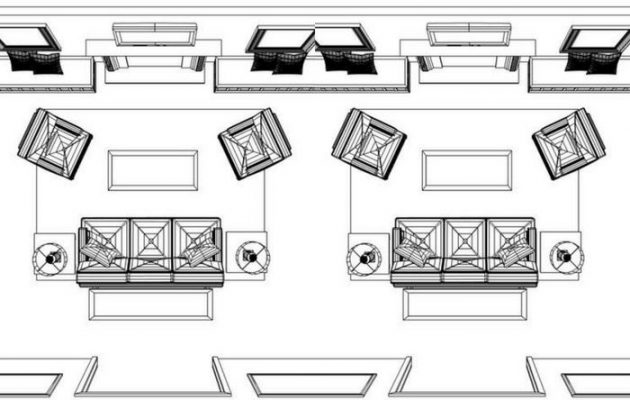




:max_bytes(150000):strip_icc()/Chuck-Schmidt-Getty-Images-56a5ae785f9b58b7d0ddfaf8.jpg)








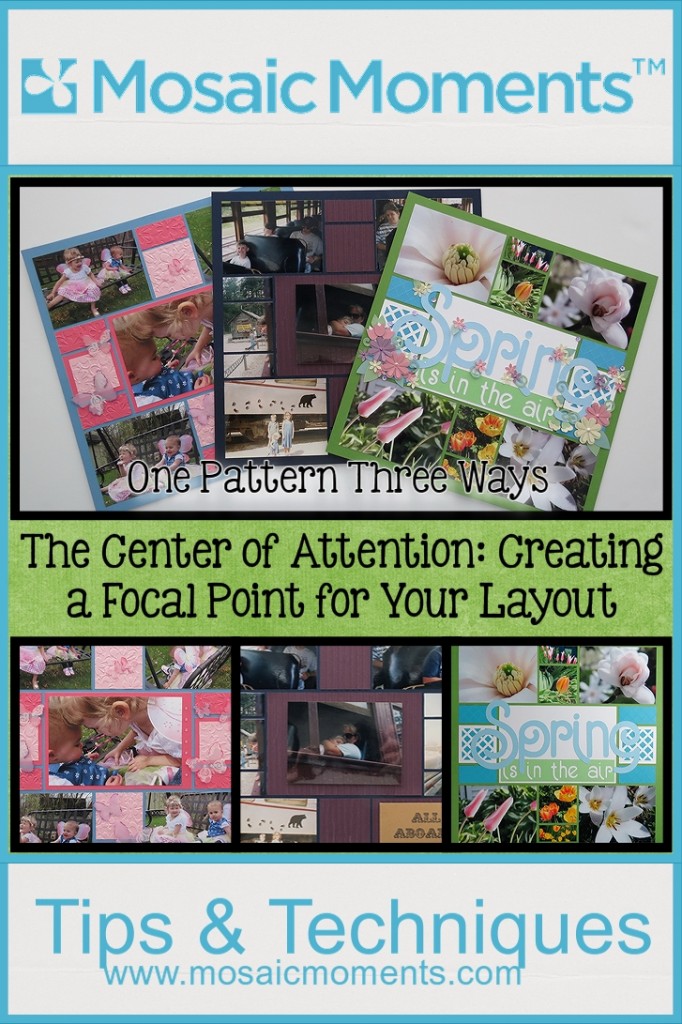


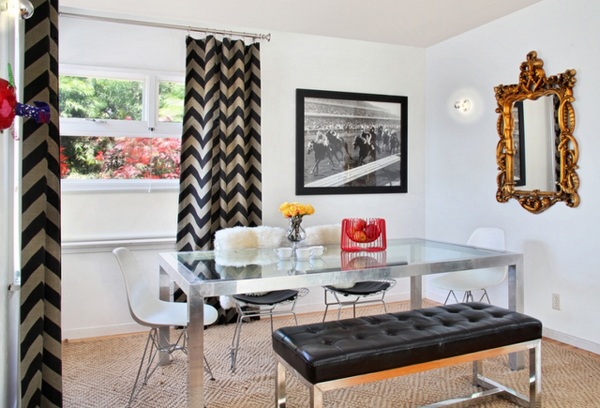

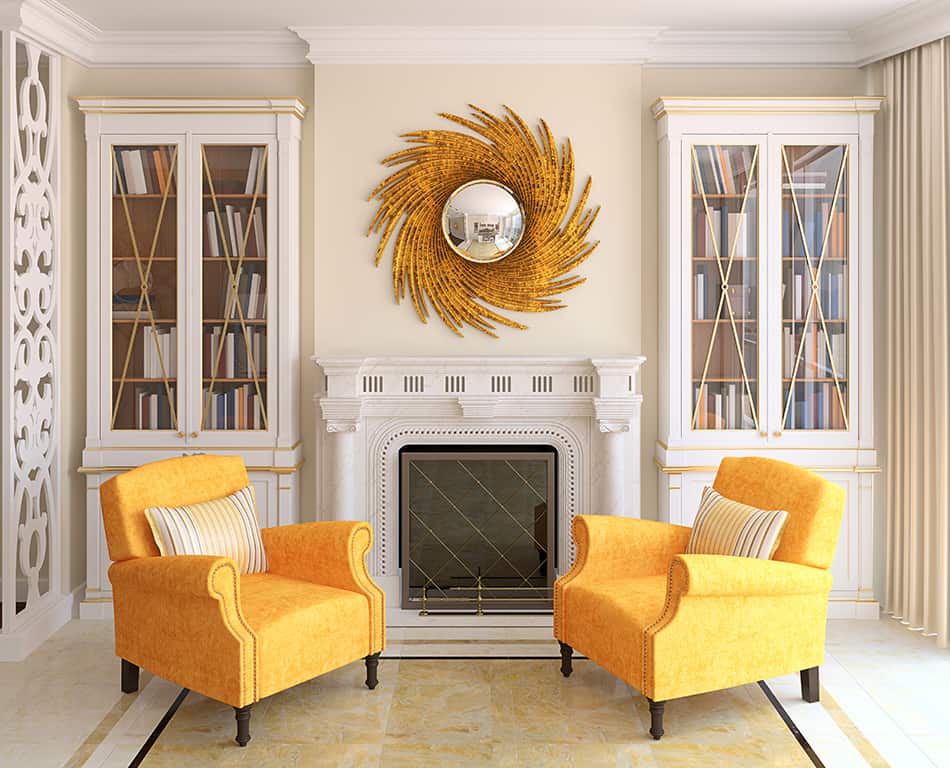
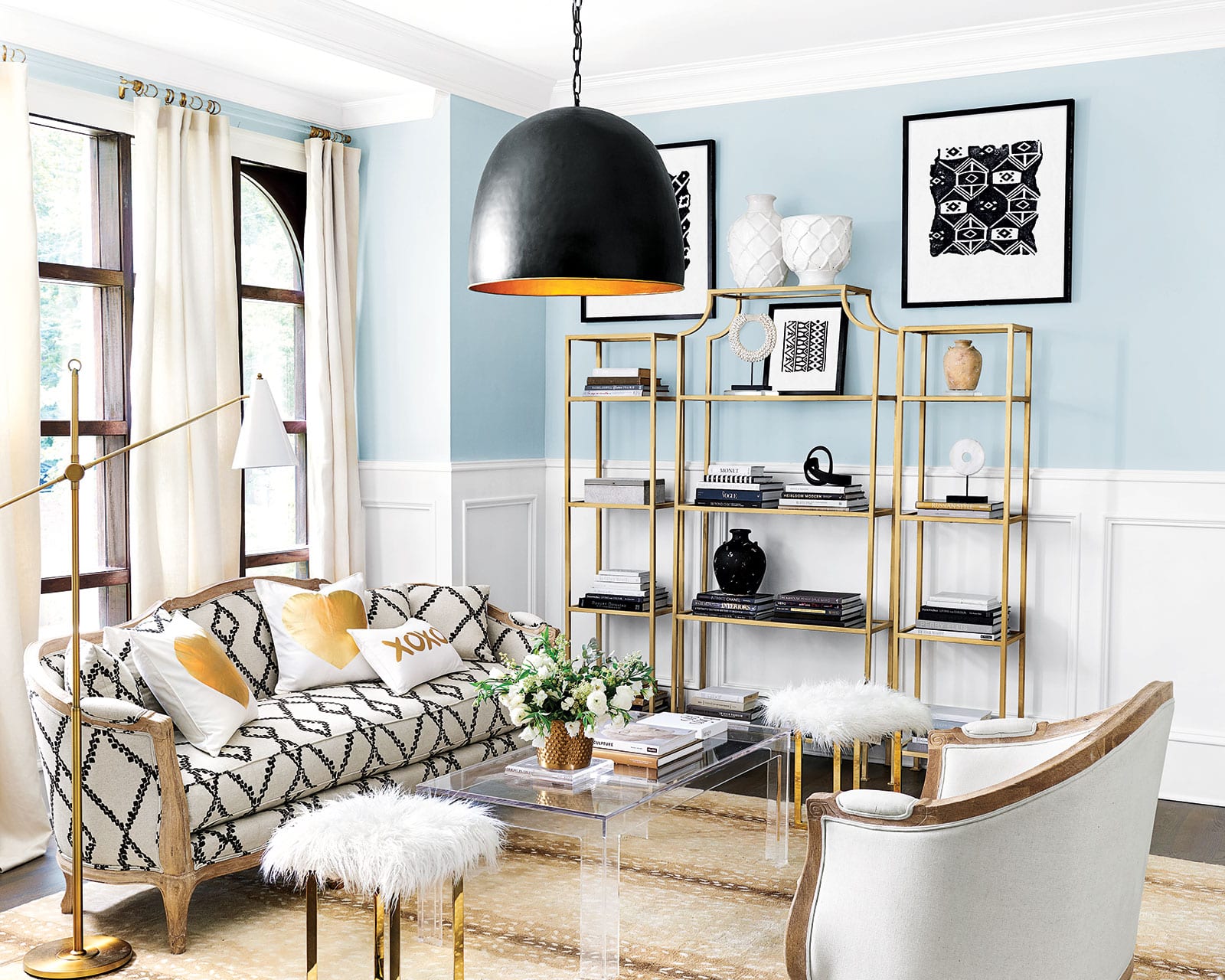
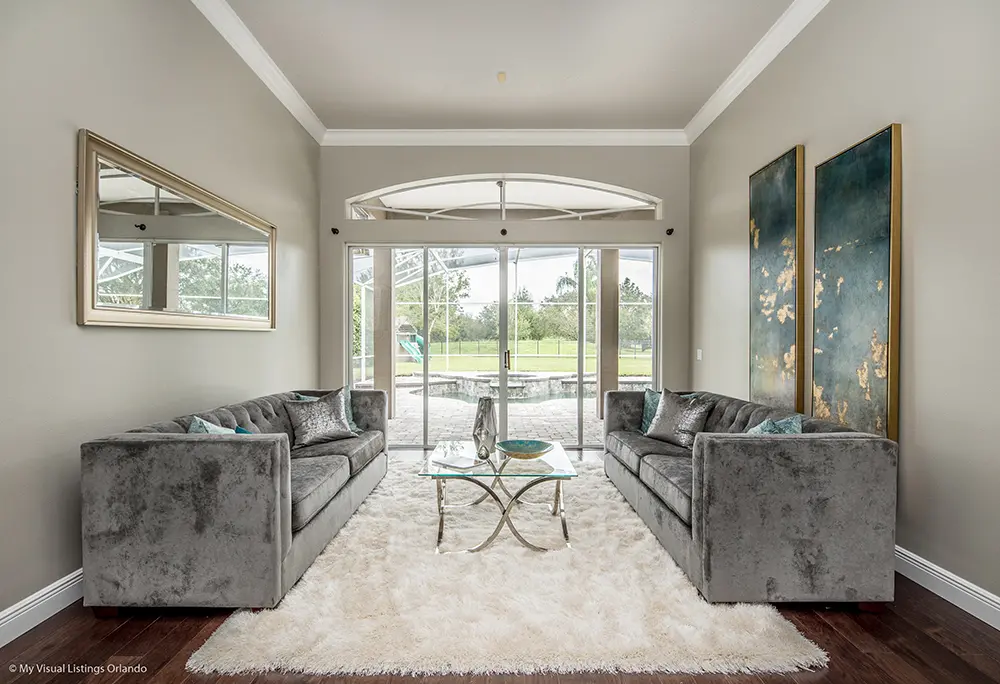
:max_bytes(150000):strip_icc()/3-Scheer-Co.-Interior-Design-bungalow-58bdc96c5f9b58af5c23b3a6.jpg)

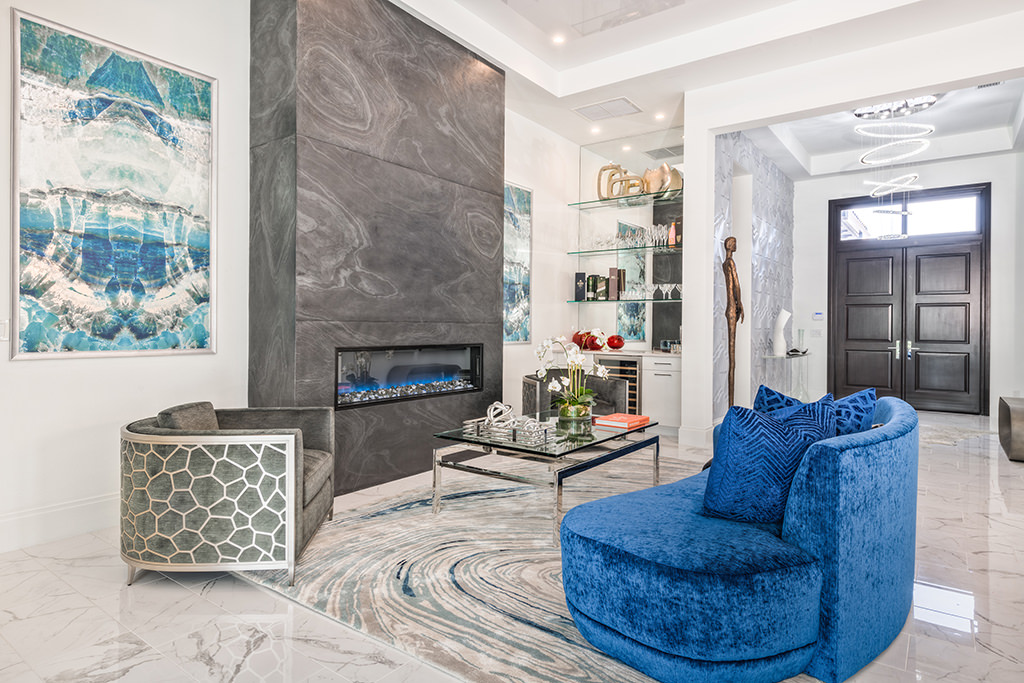
:max_bytes(150000):strip_icc()/fin-3-gray-black-blue-5a6273fcc7822d00378d1708.jpg)






